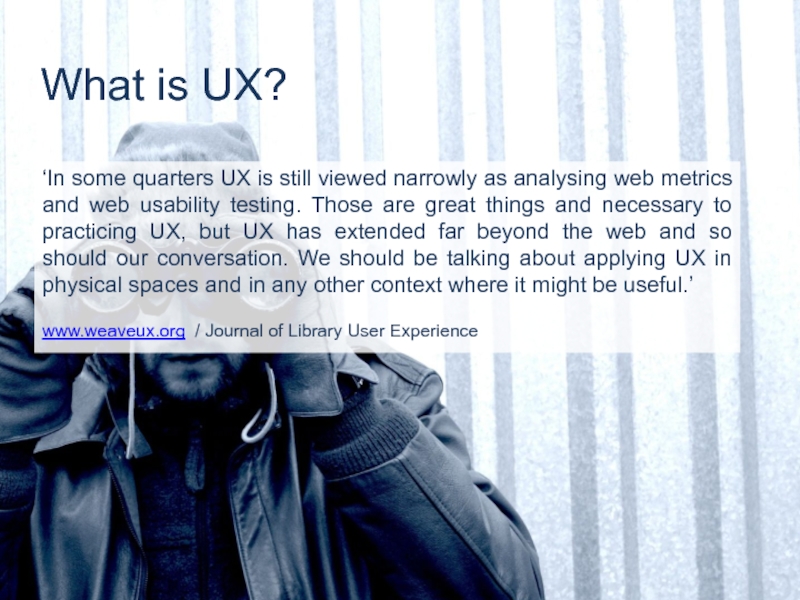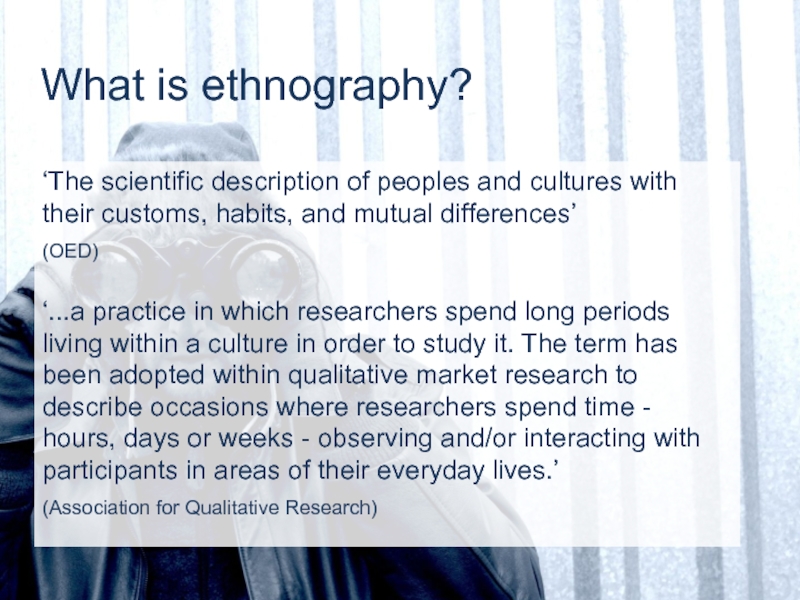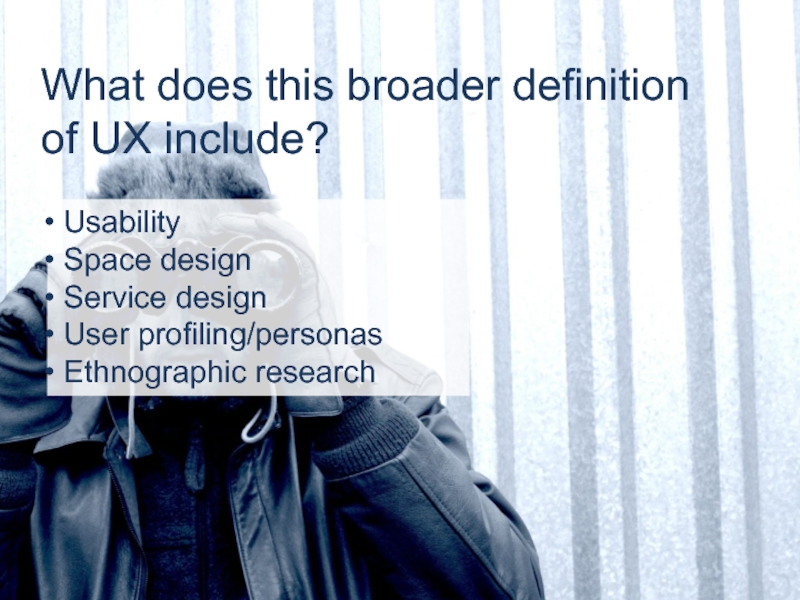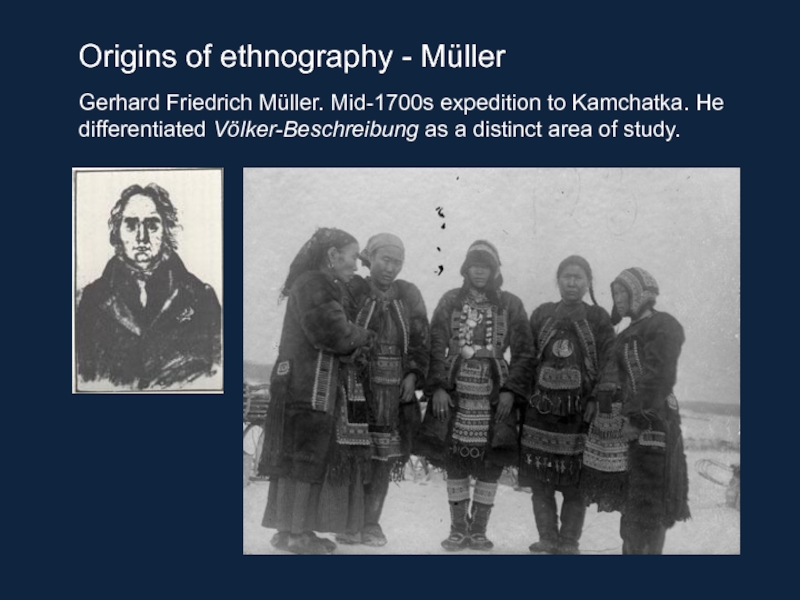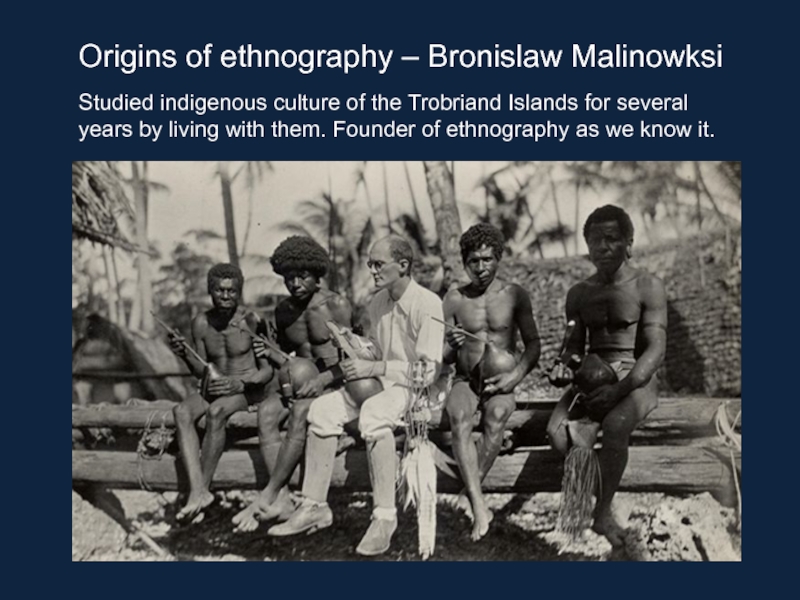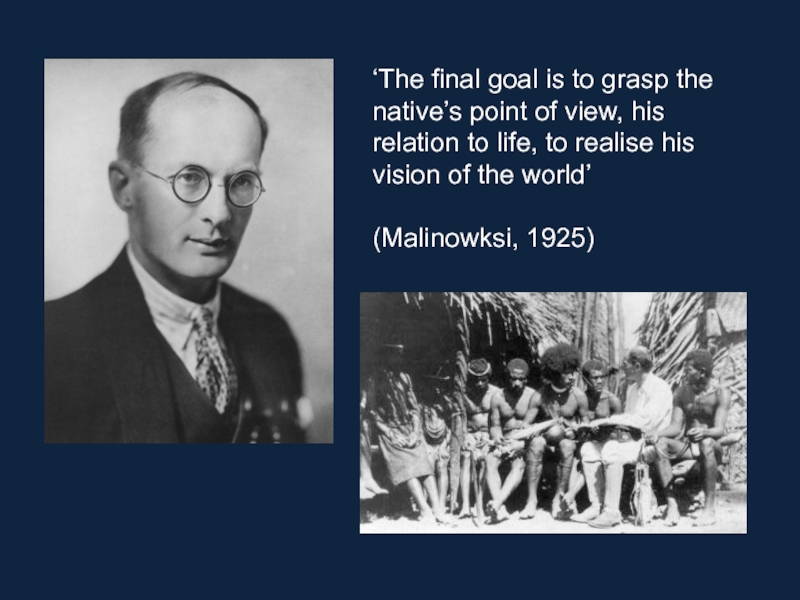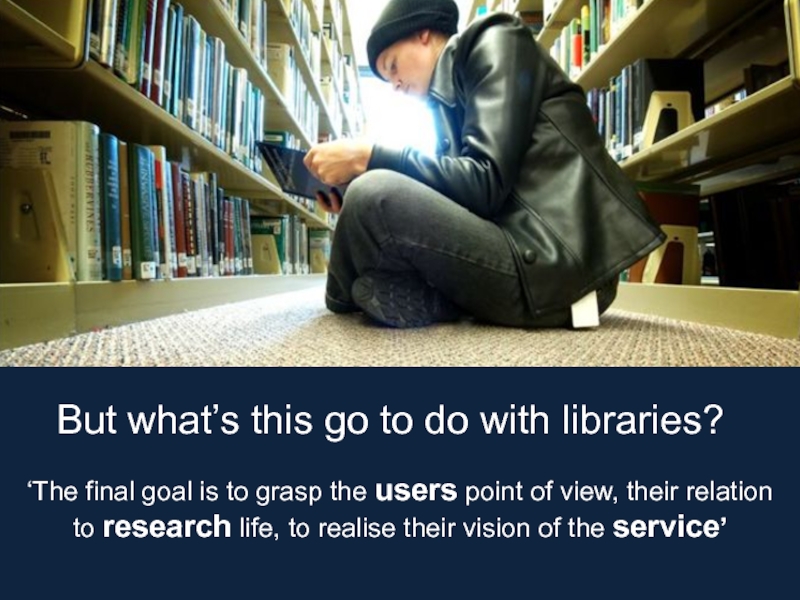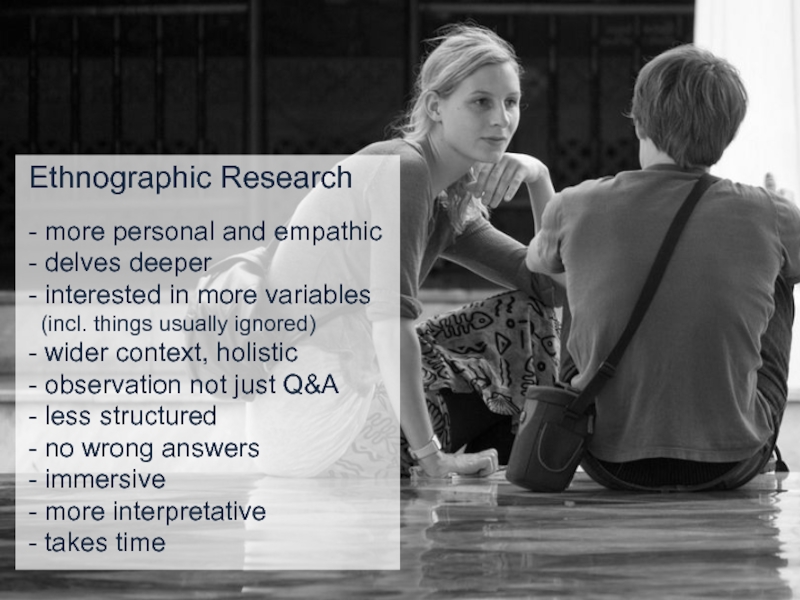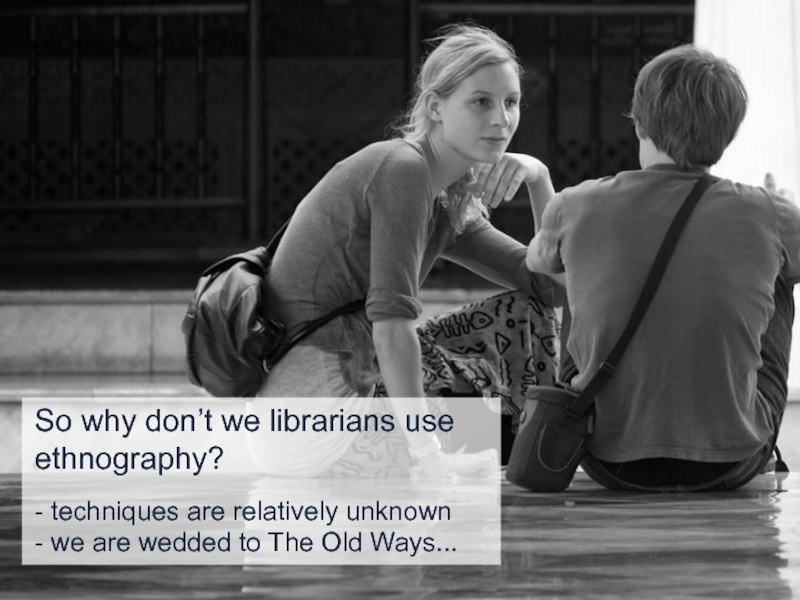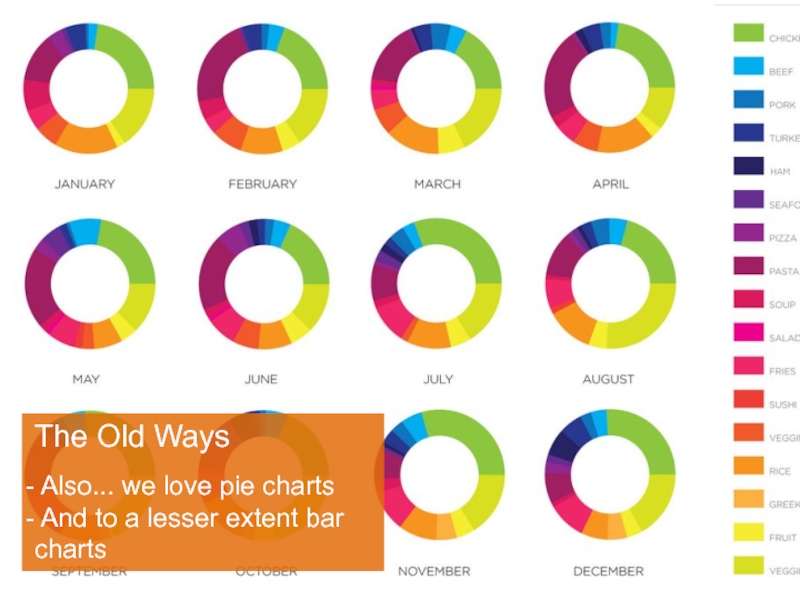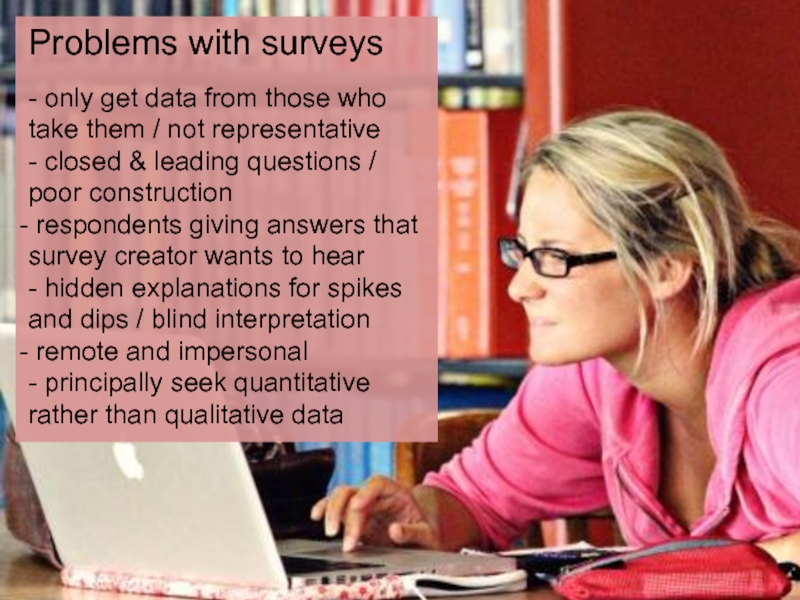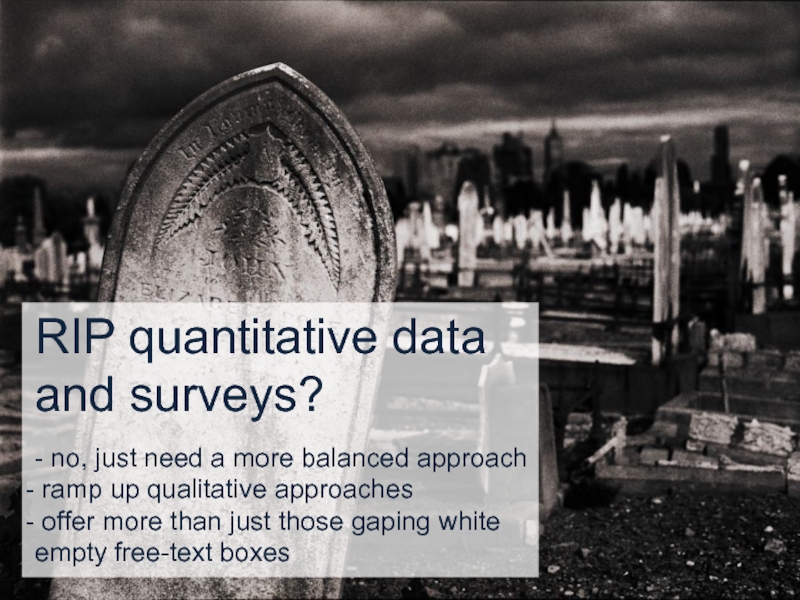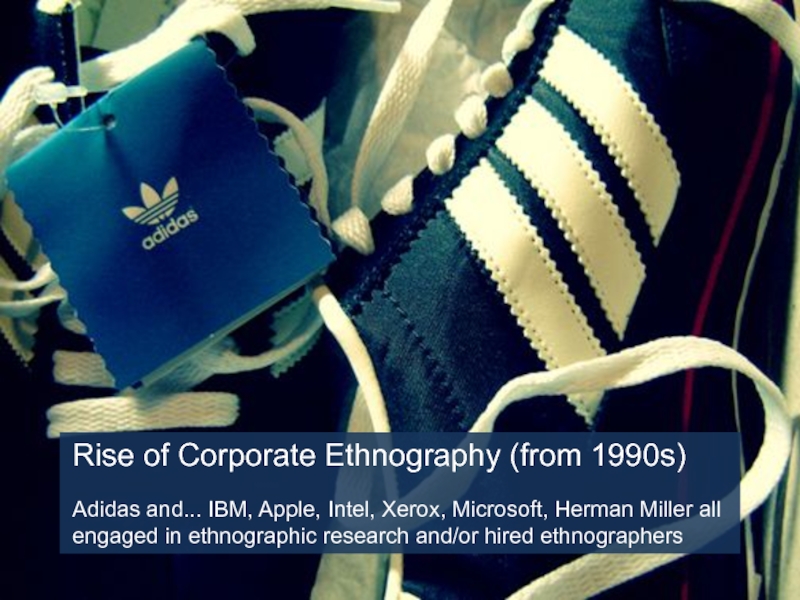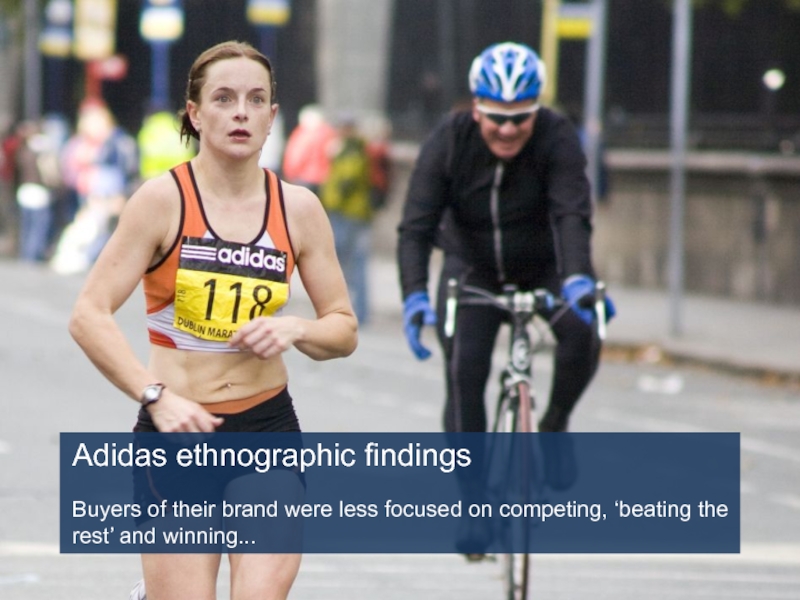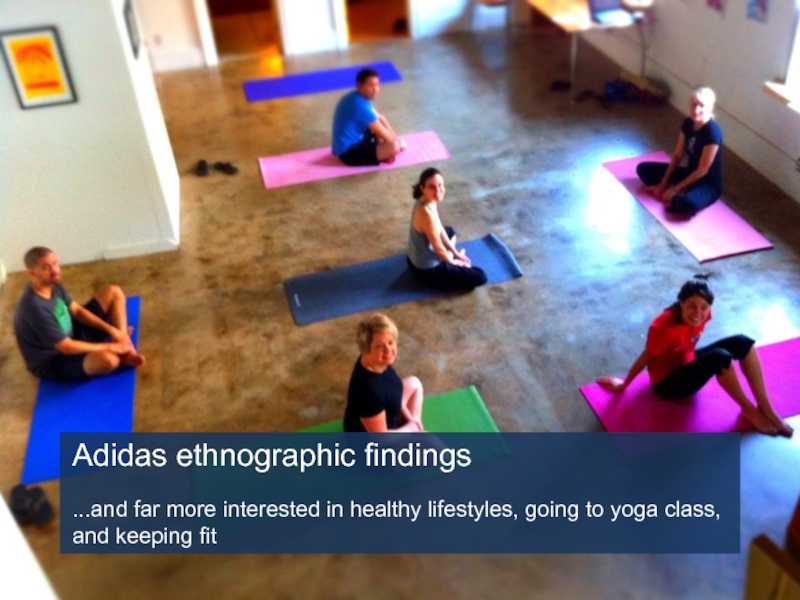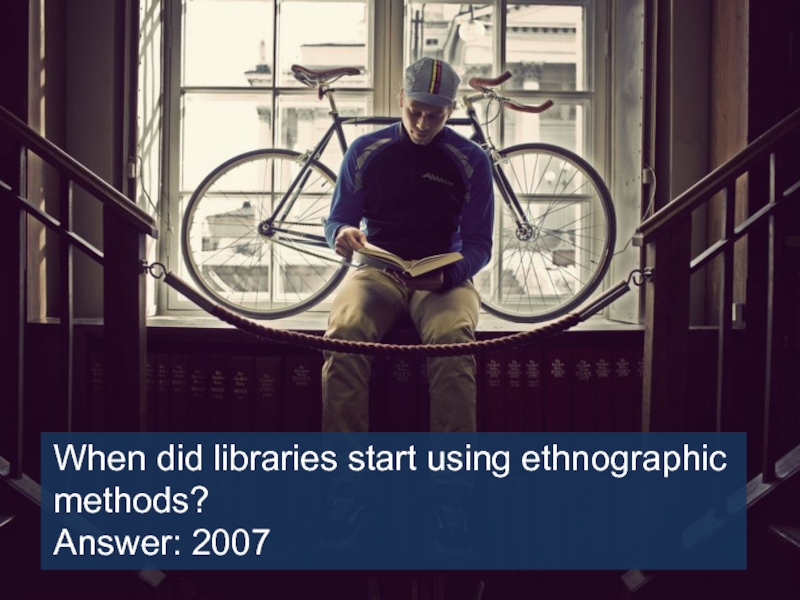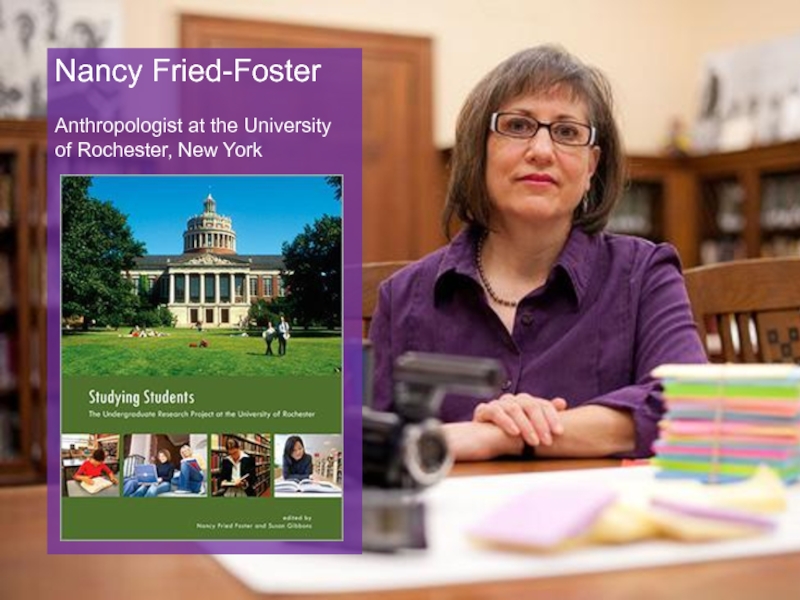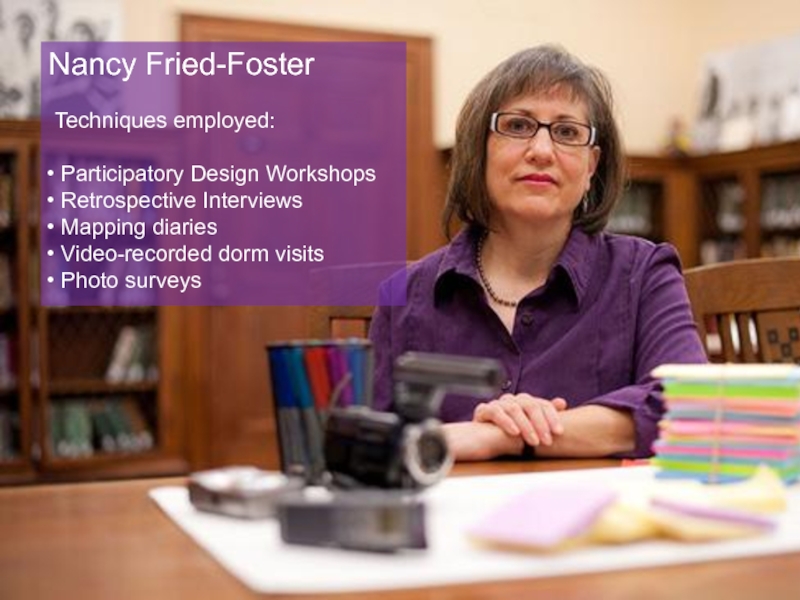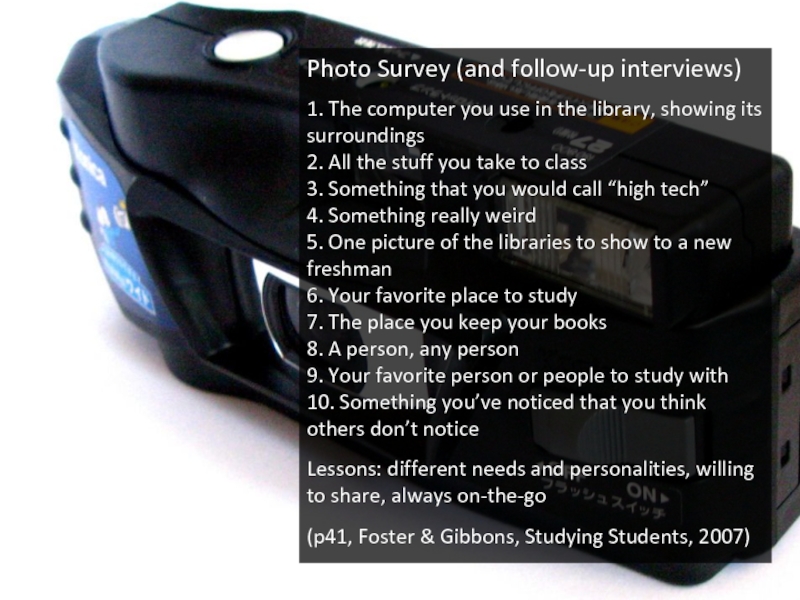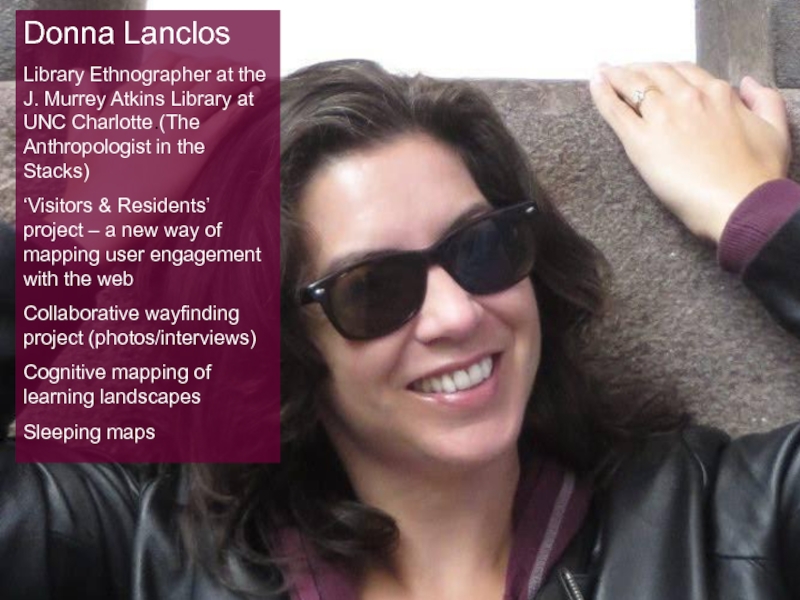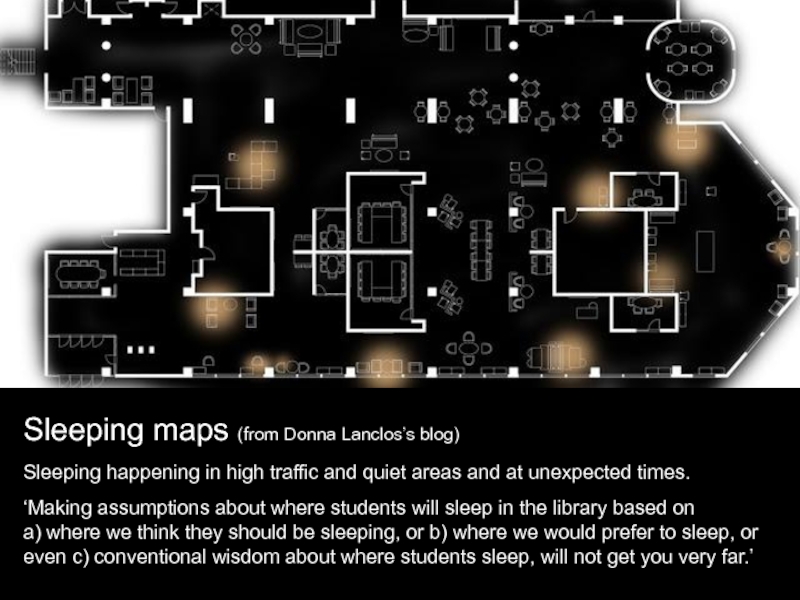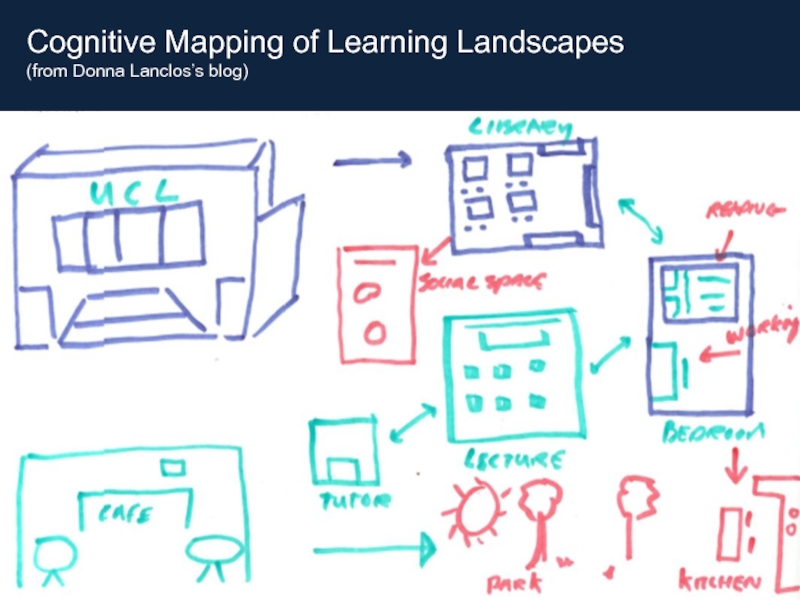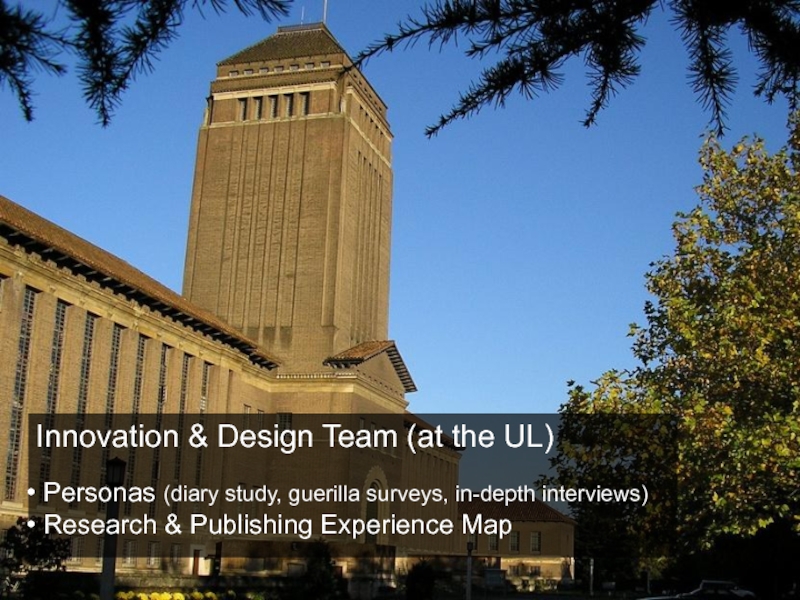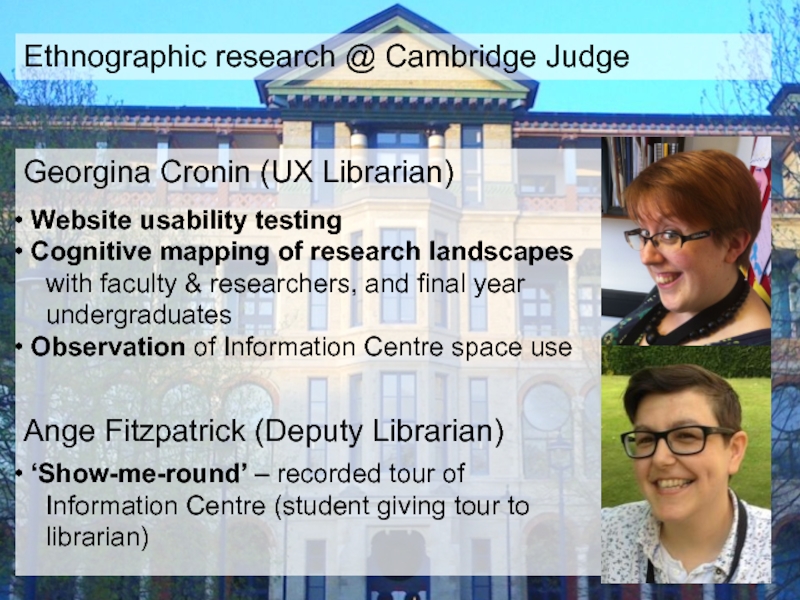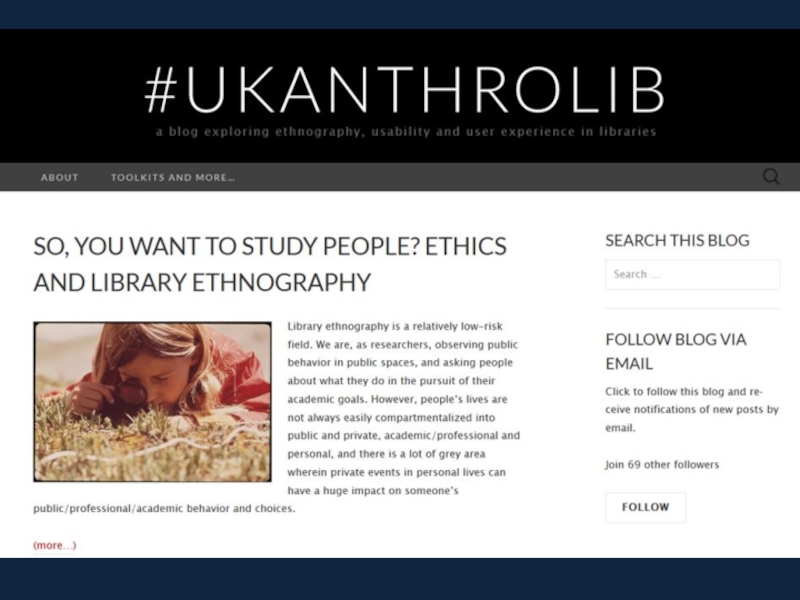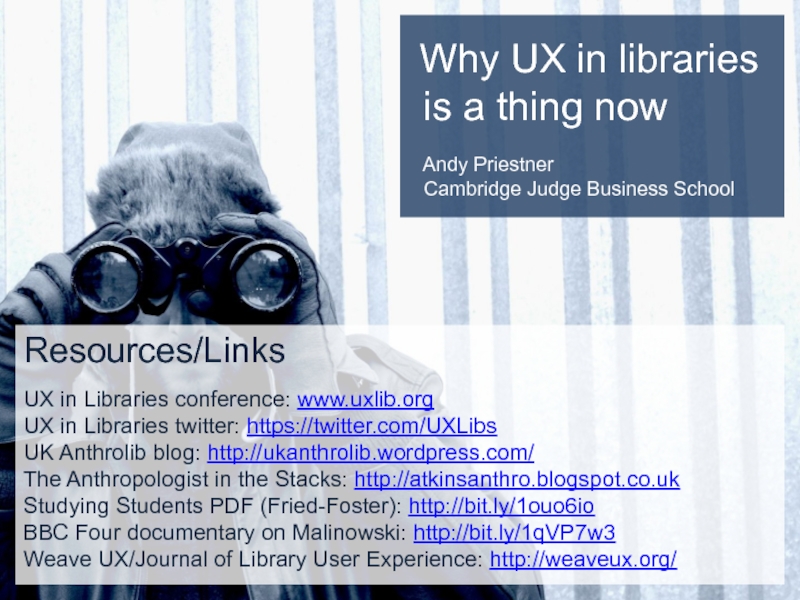- Главная
- Разное
- Дизайн
- Бизнес и предпринимательство
- Аналитика
- Образование
- Развлечения
- Красота и здоровье
- Финансы
- Государство
- Путешествия
- Спорт
- Недвижимость
- Армия
- Графика
- Культурология
- Еда и кулинария
- Лингвистика
- Английский язык
- Астрономия
- Алгебра
- Биология
- География
- Детские презентации
- Информатика
- История
- Литература
- Маркетинг
- Математика
- Медицина
- Менеджмент
- Музыка
- МХК
- Немецкий язык
- ОБЖ
- Обществознание
- Окружающий мир
- Педагогика
- Русский язык
- Технология
- Физика
- Философия
- Химия
- Шаблоны, картинки для презентаций
- Экология
- Экономика
- Юриспруденция
Why UX in libraries is a thing now Andy Priestner Cambridge Judge Business School презентация
Содержание
- 1. Why UX in libraries is a thing now Andy Priestner Cambridge Judge Business School
- 2. Why UX in libraries
- 3. ‘In some quarters UX is still viewed
- 4. What is ethnography? ‘The scientific description of
- 5. Usability Space design Service
- 6. Origins of ethnography - Müller Gerhard
- 7. Origins of ethnography – Bronislaw Malinowksi
- 8. Some of Malinowksi’s works One of
- 9. ‘The final goal is to grasp the
- 10. But what’s this go to
- 11. Ethnographic Research - more personal
- 12. So why don’t we librarians use ethnography?
- 13. The Old Ways Quantitative data
- 14. The Old Ways Also... we
- 15. Problems with surveys - only
- 16. RIP quantitative data and surveys? -
- 17. Rise of Corporate Ethnography (from 1990s)
- 18. Adidas ethnographic findings Buyers of their
- 19. Adidas ethnographic findings ...and far more
- 20. Ethnography and libraries When did libraries start using ethnographic methods? Answer: 2007
- 21. Nancy Fried-Foster Anthropologist at the University
- 22. Nancy Fried-Foster
- 23. Nancy Fried-Foster
- 24. Photo Survey (and follow-up interviews) 1.
- 25. Donna Lanclos Library Ethnographer at the
- 26. Sleeping maps (from Donna Lanclos’s blog)
- 27. Cognitive Mapping of Learning Landscapes (from Donna Lanclos’s blog)
- 28. Innovation & Design Team (at the UL)
- 29. Georgina Cronin (UX Librarian)
- 32. Why UX in libraries
- 33. Photo credits Man with binoculars: http://www.flickr.com/photos/practicalowl/314989744 (CC)
Слайд 2 Why UX in libraries is a thing
Andy Priestner
Cambridge Judge Business School
What is UX?
Ethnography
The Old Ways
Adidas case study
Library ethnography
UX in Libraries conference
Слайд 3‘In some quarters UX is still viewed narrowly as analysing web
www.weaveux.org / Journal of Library User Experience
What is UX?
Слайд 4What is ethnography?
‘The scientific description of peoples and cultures with their
‘...a practice in which researchers spend long periods living within a culture in order to study it. The term has been adopted within qualitative market research to describe occasions where researchers spend time - hours, days or weeks - observing and/or interacting with participants in areas of their everyday lives.’ (Association for Qualitative Research)
Слайд 5 Usability
Space design
Service design
User profiling/personas
Ethnographic research
What does
Слайд 6Origins of ethnography - Müller
Gerhard Friedrich Müller. Mid-1700s expedition to Kamchatka.
Слайд 7Origins of ethnography – Bronislaw Malinowksi
Studied indigenous culture of the Trobriand
Слайд 9‘The final goal is to grasp the native’s point of view,
Слайд 10 But what’s this go to do with libraries?
‘The final
Слайд 11Ethnographic Research
- more personal and empathic
- delves deeper
-
(incl. things usually ignored)
- wider context, holistic
- observation not just Q&A
- less structured
- no wrong answers
- immersive
- more interpretative
- takes time
Слайд 12So why don’t we librarians use ethnography?
- techniques are relatively
- we are wedded to The Old Ways...
Слайд 13The Old Ways
Quantitative data
Surveys/Questionnaires
Hard and fast ‘true’ facts
We tend to ignore (or at least downgrade) the value of things such as culture, customs and habits
Слайд 15Problems with surveys
- only get data from those who take
- closed & leading questions / poor construction
respondents giving answers that survey creator wants to hear
- hidden explanations for spikes and dips / blind interpretation
remote and impersonal
- principally seek quantitative rather than qualitative data
Слайд 16RIP quantitative data and surveys? - no, just need a more balanced
ramp up qualitative approaches
offer more than just those gaping white empty free-text boxes
Слайд 17Rise of Corporate Ethnography (from 1990s)
Adidas and... IBM, Apple, Intel, Xerox,
Слайд 18Adidas ethnographic findings
Buyers of their brand were less focused on competing,
Слайд 19Adidas ethnographic findings
...and far more interested in healthy lifestyles, going to
Слайд 22Nancy Fried-Foster
2007 Undergraduate Research Project: ‘wanted to learn about the interplay
Key finding: Undergraduates do lots of academic work late at night - led to the Night Owl Librarians pilot, an extended hours outreach service.
Слайд 23Nancy Fried-Foster
Techniques employed:
Participatory Design Workshops
Retrospective Interviews
Mapping diaries
Video-recorded
Photo surveys
Слайд 24Photo Survey (and follow-up interviews)
1. The computer you use in the
2. All the stuff you take to class
3. Something that you would call “high tech”
4. Something really weird
5. One picture of the libraries to show to a new freshman
6. Your favorite place to study
7. The place you keep your books
8. A person, any person
9. Your favorite person or people to study with
10. Something you’ve noticed that you think others don’t notice
Lessons: different needs and personalities, willing to share, always on-the-go
(p41, Foster & Gibbons, Studying Students, 2007)
Слайд 25Donna Lanclos
Library Ethnographer at the J. Murrey Atkins Library at UNC
‘Visitors & Residents’ project – a new way of mapping user engagement with the web
Collaborative wayfinding project (photos/interviews)
Cognitive mapping of learning landscapes
Sleeping maps
Слайд 26Sleeping maps (from Donna Lanclos’s blog)
Sleeping happening in high traffic and
‘Making assumptions about where students will sleep in the library based on
a) where we think they should be sleeping, or b) where we would prefer to sleep, or even c) conventional wisdom about where students sleep, will not get you very far.’
Слайд 28Innovation & Design Team (at the UL)
Personas (diary study, guerilla
Research & Publishing Experience Map
Слайд 29Georgina Cronin (UX Librarian)
Website usability testing
Cognitive mapping of research
with faculty & researchers, and final year undergraduates
Observation of Information Centre space use
Ange Fitzpatrick (Deputy Librarian)
‘Show-me-round’ – recorded tour of Information Centre (student giving tour to librarian)
Ethnographic research @ Cambridge Judge
Слайд 32 Why UX in libraries is a thing
Andy Priestner
Cambridge Judge Business School
Resources/Links
UX in Libraries conference: www.uxlib.org
UX in Libraries twitter: https://twitter.com/UXLibs
UK Anthrolib blog: http://ukanthrolib.wordpress.com/
The Anthropologist in the Stacks: http://atkinsanthro.blogspot.co.uk
Studying Students PDF (Fried-Foster): http://bit.ly/1ouo6io
BBC Four documentary on Malinowski: http://bit.ly/1qVP7w3
Weave UX/Journal of Library User Experience: http://weaveux.org/
Слайд 33Photo credits
Man with binoculars: http://www.flickr.com/photos/practicalowl/314989744 (CC)
Kamchatka women: http://blogs.princeton.edu/pia/personal/xinjiang/history/
Malinowski: London School
Library user in hat: https://www.flickr.com/photos/jstar/345712329/ (CC)
Pencil questionnaire: https://www.flickr.com/photos/albertogp123/5843577306 (CC)
Pie charts: http://www.flickr.com/photos/laurenmanning/5658985469/ (CC)
Person struggling with survey: https://www.flickr.com/photos/clemsonunivlibrary/7845287468 (CC)
Cemetery: https://www.flickr.com/photos/mugley/2592160631/ (CC)
Women in conversation: http://www.flickr.com/photos/collin_key/6080864794/ (CC)
Adidas trainers: http://www.flickr.com/photos/cornyjoke/444473490/ (CC)
Woman running: https://www.flickr.com/photos/infomatique/1799996163 (CC)
Yoga class: https://www.flickr.com/photos/63045810@N00/5018250456/ (CC)
Student with bike in library: https://www.flickr.com/photos/jonastana/5568637762 (CC)
Nancy Fried-Foster: http://www.rochester.edu/currents/V40/N03/Foster.html
Disposable camera: https://www.flickr.com/photos/37227626@N00/2894263073/ (CC)
Donna Lanclos, Sleep Map, Cognitive Map: Donna Lanclos, The Anthropologist in the Stacks
Cambridge University Library: https://www.flickr.com/photos/34255186@N05/565866377 (CC)
Cambridge Judge Business School: https://www.flickr.com/photos/geoffjones/2437638720 (CC)
Georgina, Ange: Andy Priestner
UKAnthrolib screenshot: Slide 27: bit.ly/1gAYCKi (Wikimedia Commons)
UX in Libraries website: Matt Borg, Paul Jervis-Heath


